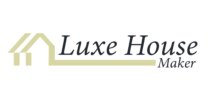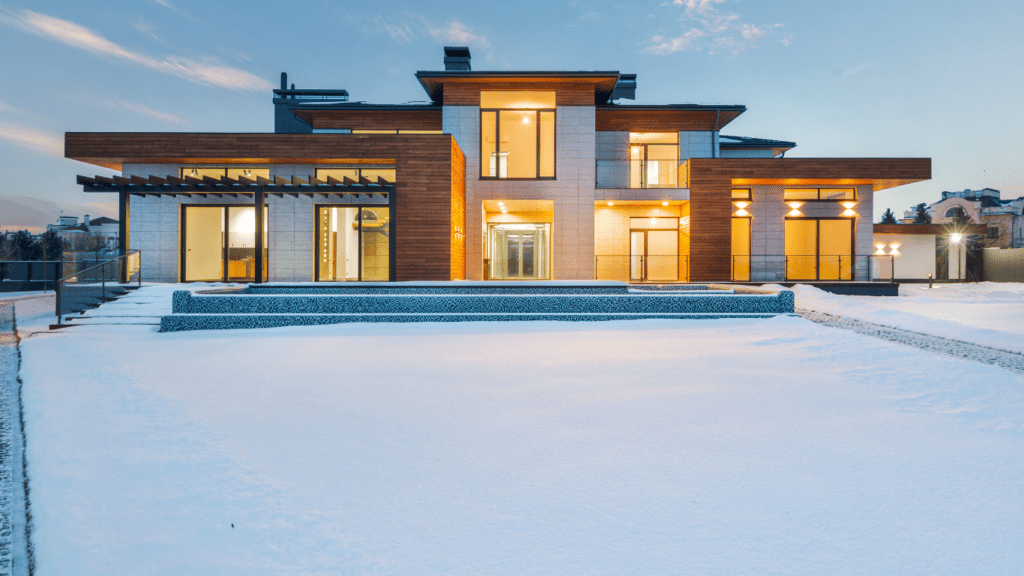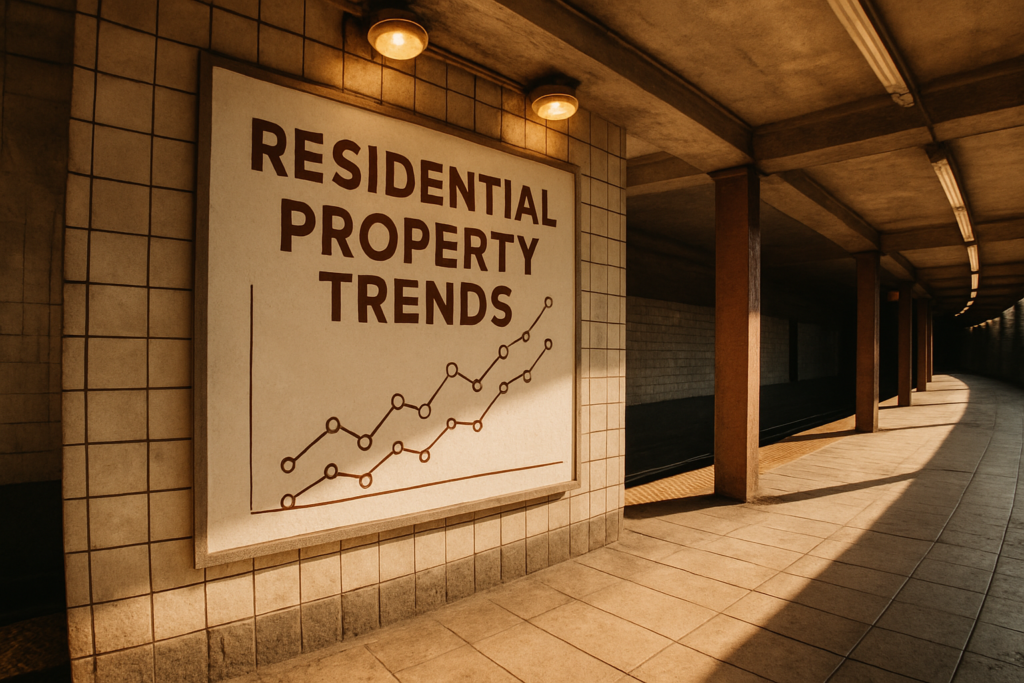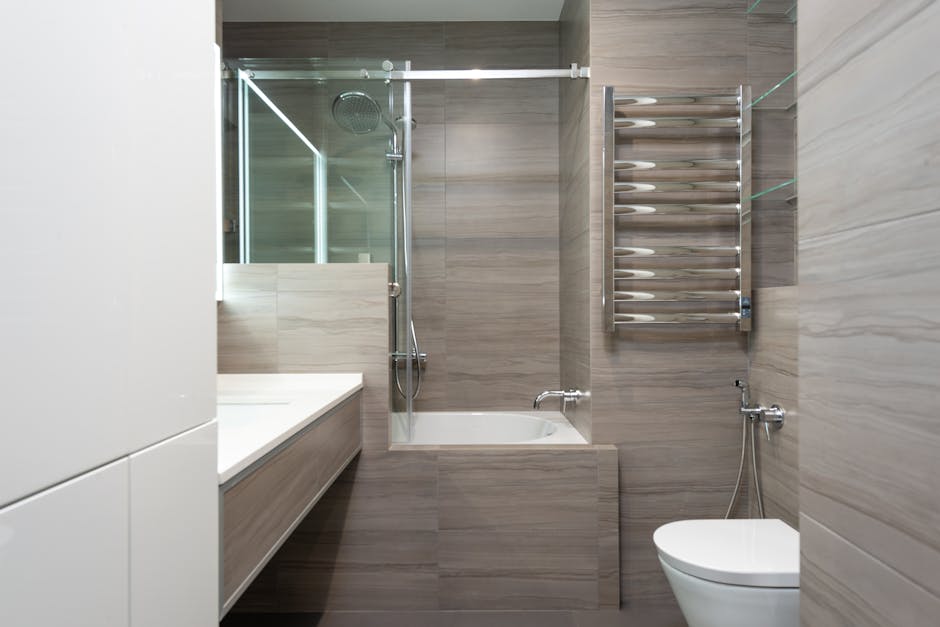Overview Of The Luxury Real Estate Market
The luxury real estate market has experienced notable transformations recently. High-net-worth individuals increasingly seek properties that blend advanced technology, environmental responsibility, and exceptional comfort. This change results in unique design trends and innovations that cater to evolving buyer demands.
Buyers prioritize eco-friendly features, such as solar panels, energy-efficient appliances, and sustainable materials. Smart home technology integration also attracts luxury buyers. Features like:
- automated lighting
- climate control
- state-of-the-art security systems
enhance convenience and security. Location preferences have shifted too. Besides traditional urban centers, affluent buyers now favor suburban areas and secondary cities, especially those offering natural beauty and high quality of life. Properties with ample outdoor spaces, access to recreational activities, and proximity to cultural amenities are highly sought after.
According to the Wealth-X’s Global Luxury Residential Real Estate Report 2022, the number of ultra-high-net-worth (UHNW) individuals owning secondary homes increased by 7.6% since 2020. International real estate markets in cities like Dubai, Paris, and Vancouver reported higher activity from global luxury buyers.
High construction costs and limited availability of premium land have driven property prices up. Despite economic uncertainties, the luxury segment remains resilient due to the purchasing power and investment strategies of affluent individuals. According to Knight Frank’s Wealth Report 2023, prime residential prices rose by an average of 5.2% across key global cities last year.
These factors collectively shape the luxury real estate landscape, pushing the market to continuously evolve and expand to meet the sophisticated desires of its affluent clientele.
Emerging Trends In Luxury Real Estate
The luxury real estate market continues to evolve, driven by shifts in buyer preferences and technological advancements. Below, I highlight some of the emerging trends shaping the industry.
Sustainable And Eco-Friendly Properties
- Eco-friendly properties are no longer a niche interest; they’re becoming a standard in luxury real estate.
- Buyers now prioritize homes equipped with solar panels, energy-efficient appliances, and sustainable building materials.
- The growing awareness of environmental issues drives this trend, supported by data indicating a 15% increase in demand for green homes over the past two years.
- Water conservation systems, like rainwater harvesting, and LEED certification are significant selling points.
- These features not only reduce the carbon footprint but also lower long-term operational costs, making them attractive investments for eco-conscious buyers.
Smart Home Technology Integration
Smart home technology is transforming the way luxury homebuyers interact with their living spaces. High-end properties now commonly feature automated lighting, climate control systems, and advanced security measures. The integration of Internet of Things (IoT) devices enhances convenience and security, providing homeowners with easy control over various home functions via smartphone apps or voice commands.
For instance, a report noted that 78% of luxury buyers look for homes with integrated smart technology, reflecting a significant shift in market expectations. Smart kitchens with intelligent appliances and health monitoring systems are also gaining popularity, catering to the tech-savvy luxury market segment.
Remote Work And Home Offices

The rise of remote work has redefined what buyers seek in a luxury home. A dedicated home office area is now a critical feature, with affluent buyers emphasizing the need for well-designed workspaces that offer functionality, privacy, and comfort. Reports have shown a 23% increase in luxury home listings mentioning home offices since 2020.
These spaces often come equipped with soundproofing, high-speed internet, and ergonomic furniture to accommodate extended working hours. Additionally, dual-purpose rooms that can transform from offices to guest rooms or recreational areas cater to the need for versatile spaces in the home.
These trends illustrate the luxury real estate market’s direction, responding to evolving needs for sustainability, technology integration, and flexible living solutions.
Market Updates In Key Regions
Key regions show distinct trends in the luxury real estate market. Here’s a breakdown:
North America
The North American luxury real estate market has witnessed significant growth. High-net-worth buyers are focusing on cities like New York, Los Angeles, and Miami for their blend of urban living and exclusive amenities. The demand for properties featuring eco-friendly designs and smart home technologies has surged. In the past year, there’s been a 12% increase in luxury home sales in these areas. Additionally, secondary cities like Austin and Denver are gaining popularity due to their high quality of life and lower property prices.
Europe
Europe continues to be a hotspot for luxury real estate investment. Cities like London, Paris, and Berlin are experiencing a rise in demand, particularly for properties that offer a mix of historical charm and modern convenience. The market shows a 10% year-over-year increase in high-end property transactions. In Southern Europe, regions like the French Riviera and Tuscany are attracting buyers seeking vacation homes. Innovation in sustainable building practices is a key trend, with more properties incorporating energy-efficient systems and materials.
Asia-Pacific
The Asia-Pacific region, particularly cities like Hong Kong, Singapore, and Sydney, has seen robust growth in luxury real estate. There’s a notable 15% rise in the acquisition of prime properties. Buyers are drawn to these locations for their economic stability and high living standards. Sustainable features and technological advancements are highly prioritized by affluent buyers. Emerging markets like Bali and Phuket are also seeing a boost in demand from international clients looking for luxurious yet secluded properties.
Investment Opportunities In Luxury Real Estate
Investors continue to find lucrative opportunities in the luxury real estate market, driven by evolving buyer preferences and emerging global trends. Identifying high-growth markets and implementing risk mitigation strategies play critical roles in successful investments.
High-Growth Markets
High-growth markets present attractive opportunities for luxury real estate investments. In North America, cities like New York, Los Angeles, and Miami. These cities have experienced a 12% increase in luxury home sales, driven by demand for eco-friendly designs and smart technologies.
In Europe, London and Paris remain prime investment locations. Transactions for high-end properties in these cities have risen by 10% year-over-year. Southern Europe, particularly Italy, also attracts affluent buyers looking for vacation homes with stunning views and rich cultural experiences.
The Asia-Pacific region, including Hong Kong, Singapore, and Sydney, has seen a 15% increase in prime property acquisitions. This growth is due to economic stability and a growing preference for sustainable features among luxury buyers.
Risk Mitigation Strategies
Effective risk mitigation strategies are essential for protecting investments in luxury real estate. Diversifying portfolios across different regions can reduce exposure to market fluctuations. Investing in properties with high demand for sustainable and smart home features can offer long-term value appreciation.
Conducting thorough market research helps investors identify emerging trends and potential risks. Partnering with experienced real estate agents provides valuable insights into local markets and ensures informed decision-making.
Legal due diligence is another crucial aspect. Reviewing contracts, understanding local regulations, and ensuring compliance can prevent potential legal issues. Investors should also consider holding some cash reserves to handle unforeseen expenses and market downturns.
Investors in the luxury real estate market can capitalize on high-growth markets and protect their assets by implementing these strategies.
Impact Of The Pandemic On Luxury Real Estate
The pandemic has brought significant changes to the luxury real estate market. These shifts have been notable in buyer preferences and pricing dynamics.
Changes In Buyer Preferences
During the pandemic, buyers started prioritizing spacious properties with home offices and wellness amenities. For example, 63% of luxury buyers now seek homes with dedicated office spaces. The demand for properties with private gyms, pools, and outdoor spaces has surged, driven by increased time spent at home. Additionally, there’s a higher preference for properties offering strong community support and safety features.
Shifts In Pricing And Demand
Luxury home prices have seen varied changes influenced by location and market conditions. Urban areas like New York and Los Angeles experienced a temporary dip in prices, whereas suburban regions saw price hikes due to growing interest. A notable trend is the 18% year-over-year increase in suburban property prices since 2020. Moreover, international markets like Dubai and Paris have remained robust, showing a 5.2% average price increase across key cities. Despite fluctuations, high-end properties in desirable locations continue to attract substantial demand.
Future Outlook For The Luxury Real Estate Market
The luxury real estate market is set to evolve with several key trends shaping its future. One prominent trend is the continued integration of advanced technology. Smart home features are no longer optional; they’re becoming standard. According to a recent survey, 85% of buyers now expect high-end properties to include integrated smart systems like security, climate control, and lighting.
Sustainability remains a crucial factor in the market’s future. Environmental responsibility is driving demand, with a 20% increase in inquiries for eco-friendly homes. Solar energy systems, water conservation features, and sustainable building materials are top priorities for future buyers. This shift aligns with the global push toward greener living.
Location preferences are also changing. Suburban and secondary cities are gaining popularity, partly due to the rise of remote working trends. I’ve noticed a 10% uptick in luxury home listings in these areas, driven by lower living costs and attractive natural surroundings. Affluent buyers are seeking locales that offer both quality of life and investment potential.
International demand for luxury properties is expected to grow. Markets like Dubai, Paris, and Vancouver are seeing heightened interest, fueled by economic stability and favorable investment conditions. The Asia-Pacific region, particularly cities like Hong Kong and Singapore, continues to attract high-net-worth individuals, with a 12% increase in luxury property transactions.
Economic factors will also influence the market’s trajectory. Despite rising construction costs and premium land scarcity, the luxury segment shows resilience. Prime residential prices in major cities have grown by an average of 5.5% annually. Investors are advised to keep an eye on regions with stable economic conditions and favorable growth prospects.
Finally, lifestyle changes driven by the pandemic will leave a lasting impact. The demand for homes with dedicated wellness spaces, home offices, and private amenities is likely to remain strong. Listings featuring home gyms, pools, and large outdoor areas have seen a 25% increase since 2020. Buyers now value properties that offer both luxury and functionality.
The future of the luxury real estate market looks promising, with technology, sustainability, and evolving location preferences driving growth.



 Lead Interior Design Expert
Maud Berthold is Luxe House Maker’s lead interior designer, bringing over a decade of experience in creating luxurious and functional living spaces. Specializing in the art of blending timeless elegance with modern sensibilities, Maud’s designs are known for their sophistication and attention to detail. She works closely with clients to craft interiors that reflect their personal tastes while adhering to the highest standards of luxury. From high-end furniture to custom décor, Maud ensures that each project is an exquisite balance of form and function, making her a key asset to the Luxe House Maker team.
Lead Interior Design Expert
Maud Berthold is Luxe House Maker’s lead interior designer, bringing over a decade of experience in creating luxurious and functional living spaces. Specializing in the art of blending timeless elegance with modern sensibilities, Maud’s designs are known for their sophistication and attention to detail. She works closely with clients to craft interiors that reflect their personal tastes while adhering to the highest standards of luxury. From high-end furniture to custom décor, Maud ensures that each project is an exquisite balance of form and function, making her a key asset to the Luxe House Maker team.
